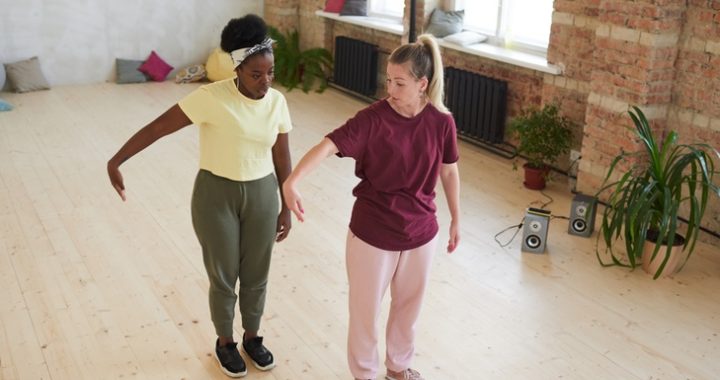Have you ever gone down a rabbit hole on social media? You know, that moment when you see something triggering and you click on it, and then scroll down through the comments, becoming wholly engrossed in a conversation that turns out to be a waste of time and emotional energy. While we’re in that moment, we’re often completely unaware of how it’s affecting us. Catastrophising is a little like that.
We can all be affected by catastrophic thinking to differing degrees. It happens when we ruminate about irrational worst-case outcomes, assuming that the worst will come true.
For example, when we get a sore throat, we might leap from one disastrous medical condition to the next, ending in our impending doom from some rare and awful disease. Or, when someone doesn’t reply to our text message, we immediately start to assume the worst and run down a track that ends in our removal from every social group.
Perhaps there is a significant crash in the markets, and we assume our investment portfolio will be wiped out, or we lose a large client, and we think our business will crash. If these patterns sound familiar, don’t panic – you’re not alone.
Many of us engage in this type of self-sabotaging thinking at very manageable levels, we snap out of the catastrophe-coma and vow to never do it again (until the next day…) and carry on with life. However, there are times when catastrophising can become a debilitating reality. Various research has linked this more profound experience of catastrophic thinking to other conditions, such as chronic pain, chronic illness, or poor mental health.
If we are prone to depression or high anxiety, then catastrophising might very well be much harder for us to identify and manage. If we are in constant physical pain, this too will impact our mental health and render us more vulnerable to crippling thoughts. Some articles have shown that it’s not just psychological as it can affect the physiology of the brain.
The first step to managing catastrophising is to identify it. Many of us do it without realising it, so the sooner we can observe this behaviour, the sooner we can change it. As with most mental concerns, therapy is beneficial, and so are mindfulness practices and meditation. These are reflective processes that break down our repetitive thought patterns and allow us to decide which habits we should develop and which to abandon.
We can also intentionally surround ourselves with people who help us make better decisions, who understand what is important to us and can lovingly support us when we fall down the inevitable minefield of rabbit holes ahead of us. Most of the battle ahead is fought in the mind; if we can take steps to protect not only how we think but who we allow into our headspace, we will be stronger, safer and happier.









